Brian Matiash — a Sony artisan, 500px Guest Editor, author, and incredibly talented landscape & travel photographer — knocked our latest Live Q&A straight out of the park. He literally spent hours longer than we had planned answering your questions in the group discussion and offering a wealth of insight that made it nearly impossible to pick the “best” questions and answers.
Brian picked his two favorites (giving away a brand new Sony a6000 w/ 16-50mm lens and an exclusive 500px T-shirt to the first prize winner, and an exclusive 500px T-shirt and 6 months of free Awesome account to his second favorite) but the rest were up to us.
We did our best to pull the most inspirational, funny, meaningful, and educational of the hundreds of questions and answers submitted, listing them for you below. Enjoy, and don’t forget to check out the full Q&A in Groups to read the rest!
1st Prize Winner — Brian’s Favorite
Gus DeLaCruz: Hey Brian, in your opinion what makes a photo original? We see so many photos of the same subject over and over. What do you look for to make a photo stand out?
BRIAN: Gus — thank you for asking what has, thus far, been my favorite question in this Q&A series.
This is one of the most important questions that we each need to be able to answer for ourselves. At its core, what makes my photos original is “ME!” Please don’t take this as me poking fun or being conceited. Quite the opposite.
Let’s take an example:
Both you and I are standing in front of the Louvre in Paris. We have the exact same gear… same camera, same lens, same tripod, same everything. What is the difference? Us! What you bring in terms of you vision, creativity and sensibilities can never be replicated by me. They’re yours and it is on you to spend however much time is needed to figure out what that looks like… in other words, what your brand looks like.
What I bring to my photos are the years of experiences only I’ve had growing up with my family, in New York City, with my first job, my first breakup, and on and on. All of that is blended and poured into my story and I’ve spent many years learning how to fuse that story with my photos.
I hope that makes sense. I’m actually in the middle of writing a book called, “The Visual Palette,” that addresses the very sensitive and complex topic, so thanks again for sharing your thoughtful question, Gus.
2nd Prize Winner — Brian’s Second Favorite
Bryan Nelson: Brian, what are the main emotions or feelings that you try to convey with your photos? Are you cognizant of your feeling for the scene or are you mostly focused on composition, light, exposure etc? Can you give us some insights on why you take photos.
BRIAN: Thanks for your insightful question, Bryan.
Most of the time, I’m photographing around Oregon’s or Washington’s lush waterfalls, streams, and coasts. So, when I’m out there I guess I’m not concentrating as much on conveying an emotion with the photo itself so much as I am interested in sharing my emotions and state of mind while taking the photos… if that makes sense.
Most of the times, I’ve got a very busy and frazzled mind. It’s actually very hard for me to concentrate and maintain focus, but when I’m out in the middle of a forest with a beautiful creek in front of me, I am able to find a sense of mental peace. It has actually helped me build a multi-year project that I’ve been working on called, “The Path of Least Resistance.” The photos in that project best illustrate the calm that I feel when I’m shooting in my favorite environment.
Our Favorite Questions and Answers from Yesterday’s Q&A
Anjali: Hi Brian, many times I have heard professionals using point-and-shoot camera when they obviously have much better and sophisticated camera available with them. What’s the point in doing so?
Have you done this too in your photography? If yes why?
BRIAN: Thanks for participating, Anjali.
I guess the first important thing to consider is that the point-and-shoot cameras that are out today are way more sophisticated than their predecessors. Plus, they mostly all shoot RAW, so you’re able to get an uncompressed file to work on.
Given that, there are times when having a small, inconspicuous camera largely increases your chances of getting photos in more restricted areas whereas you’d likely get caught and kicked out if you have a larger, more obvious one in your hands.
Whenever I know that I’m heading to a sensitive location, I’ll always pack my Sony RX100 III in addition to my regular gear. That way, if things are looking tight, I’ll just grab that one. The image quality is great and it has a bunch of features that are really important to me, like the pop up EVF.
Sake van Pelt: Brian,
What, in your opinion, does a photographer need to do to get from a ‘great photographer’ to a ‘great photographer who can make a living out of his photos’?
BRIAN: That’s a super tough question, Sake. I’ve always said that if you’re in photography to make money, you may as well quit now. You wrote, “great photographer who can make a living out of his photos.” As far as I’m concerned, a photographer shouldn’t focus on making money with their photos so much as they should focus on making money with their brand.
Most people and companies are more interested in working with people who have genuine, positive, and influential personalities. People who have meaningful things to say. Having a portfolio of strong photos is not a selling point. It is something that would be expected. If you can’t constantly create strong photos, there are bigger issues to deal with.
The bottom line is that you need to give people and companies a reason to want to invest in you. Your photos are only a part of that answer. What you have to say or share is a much bigger part.
Boon Tong Teo: In this generation of photography tools and gear, phone/tablet apps have allowed lots of empowerment previously thought to be impossible. This can span across post-production to scouting locations. Can you share with us what is your experience with such assistance and your top 3 apps on your trips?
BRIAN: The shift to everything becoming “mobile-first” is absolutely fantastic. You’re correct, it has empowered so many people to capture and share the world from their perspective.
A big priority for me is being able to get the photos that I’ve taken on my a7 cameras over to my phone so that I can quickly edit and share them. Thankfully, the a7 cameras all have built-in WiFi and NFC so it’s easy for me to transfer over full-res jpegs using the Sony PlayMemories app.
As for editing the photos, I’m usually digging into VSCOCam but have recently been enjoying Enlight and Priime… all on iOS (I use the iPhone 6 Plus)
Finally, I’m a huge fan of backing up my photos as quickly as possible. To that end, I use Carousel, which is owned by Dropbox. This will automatically upload any new photos to my Dropbox account when I’m on Wifi. I also have a hot watch folder via Lightroom on my Mac Pro at home that automatically imports those new Dropbox photos into my catalog. 🙂
I hope that helps!
Followup by Joshua Avrom Gordon: Because of “has empowered so many people to capture and share the world from their perspective” of mobile devices to you find it harder to make a living being a photographer, when there is now so much more competition and people who now have tools to achieve good photographs?
BRIAN: Not at all. I don’t see any photographer as competition. Not because I’m a delusional narcissist but because I don’t really focus on what other people are doing in the realm of business. I appreciate and enjoy beautiful photography and stories and use them as inspiration for my own work. I’ve been lucky in my own pursuits as a photographer and I think that as long as I keep putting out the best of what my brand has to offer, that will continue. As for everyone else out there, I only wish them the best of success and that they find what they’re looking for.
Gabrielle Tan: If you could go on your dream trip around the world, which camera(s) would you bring and why? Between primes and zooms, which would you go for?
I ask this question because I take photos mostly on my travels but always struggle to decide which camera and lenses to bring to capture the best photos especially for those unexpectedly poignant moments.
Hope to get your advice and thanks so much in advance 🙂
BRIAN: Tough question, Gabrielle.
I’d likely bring my Sony a7II, Sony a7S, and Sony a6000 camera bodies. Each has a unique purpose with my workflow. The a7II is just a workhorse beast, great for most every situation. The a7S is my go-to low light and astral photography camera. The a6000 is perfect for when I’m going handheld and need blazing fast AF.
As for lenses, if I want to play it safe, I’ll just go with the Sony FE 16-35mm f/5, the FE 24-70mm f/4, and the FE 70-200 f/4. If I want to challenge myself, I’d take the new FE 28mm f/2, FE 35mm f/1.4, FE 55mm f/1.8 and the FE 70-200mm.
Anjali: Hi Brian, I like your travel photography and I do it myself sometimes too. Looking at all your work it does seems a long journey to become a pro. How have you been able to manage all your work since you started? Also, what advice would you give to budding travel/landscape photographers?
BRIAN: The best advice that I can give is to focus as much, if not more, on identifying and building out your personal brand. I’m not the only person in the world who has taken a photo of the grand canyon but I am the only personal alive who can add my own unique take, style, and story behind it. Identify what your story is and build around it. Give people a reason to care about YOU more than just your photos.
Rick Thompson: Hello Brian! Who or what was your biggest influence that got you into the field of photography?
BRIAN: Hmmmmm…. that’s a tough one, Rick. I’ve been practicing photography since my freshman year of college in 1996. Back then, I was mostly just teaching myself the basics. It wasn’t until many years later that I started considering taking this to the next level. One of the biggest influences for me in terms of style and tone is David duChemin. He is such a wonderful photographer with an amazing eye and a brilliant outlook on this industry and on life. I am also constantly inspired by the ingenuity and entrepreneurial spirit of my wife, Nicole S. Young, who has done a killer job in growing her own photography brand.
Bjørn Hermansen: Hello Mr. Matiash!…
The question I have for you regards the perspective of an image. What do you take into consideration when composing a photograph?
BRIAN: Great question, Bjørn. It’s also a very tough question to answer because there isn’t just one right response. If it makes sense, what I tend to look for is a flow within the image. I don’t photograph people so what I usually strive for is to provide a sense of direction for the viewer to explore everything in the frame. That’s my job as the storyteller, I think.
voiceofid: Hi Brian, I see you travel a lot across the world, for some of us it’s a lot harder to do. Do you have any advice on how to maximize our “locale”? Particular shots you look for when you arrive to a location, how did you discover that area?
BRIAN: Great question! Actually, I rely very heavily on 500px! 🙂 Seriously! When I know that I’m traveling somewhere, I’ll do a search right here and see what other people have shared. That usually gives me a really good idea of the location and helps me figure out ways that I will be able to set myself apart.
Blake Starling: Hey Brian, I was curious of what kind of marketing you do with your photography. I understand you have a great following, but how did you get to that point? What was the key to your success?
BRIAN: Fair question, Blake. I think the most important points to make is that this has not been an overnight thing. I’ve been working on my social strategy for many years and I’ve changed that up several times. I think the keys to success are determining what your brand is, who you need to spread that word to, and then do so consistently and tastefully.
dennyweinmann: Hi Brian! Thanks for taking the time to do this Q&A and thanks for the Stories from the Lens ebook! Really cool stuff!
My question: I LOVED your tip about turning around when taking photos! It has really turned me around (sorry, couldn’t resist) in the way I think about shooting. Do you have any other, blatantly obvious tips like that?
Again, thanks for your contributions to the community!
BRIAN: Thanks for the kind words, Denny! And it’s all good – I love a hearty pun as much as the next guy. 🙂
I do have another tip in terms of composition: if you’re standing up when you’re taking a photo, stop! I’m actually in the process of writing a new book due out in the Fall and for one of the chapters, I did a bunch of research in terms of the average male and female’s height and field of vision. The long story made short is that if you want to set your photos apart, change up the way you present them to your viewers.
In other words, if we’re mostly seeing our world standing up with the same relative height and field of view, why not get all the way down to the ground to get an ant’s perspective or use an ultra wide angle lens and embrace distortion? The point is that if you present your photo in a way that causes your viewer to see the subject differently than they normally would, it will have a notably stronger chance of making a lasting impression.
Zachary Voo: Hi Brain, how are you? Who inspired your photography journey? When was the first time that you realised people start to follow you and appreciate your works? Which of your pictures changed your photography journey?
BRIAN: Hey there, Zachary. I am well! I hope you are, too!
I don’t think there is any one person who inspired my journey. I know that sounds like a cop-out answer but I never really thought about it that much. I knew that I absolutely loved photography and wanted to immerse myself in it… so I did. 🙂
I am not sure when I realized that the work I shared was resonating with people. I mean, I kept track of my blog traffic and such, and I remember seeing those numbers grow steadily. I’d also start getting emails from strangers from around the world saying really nice things about my posts. I still can’t believe it when I get an email from someone in New Zealand or Turkey or Scotland telling me that they like my work. It’s crazy and I’m so SO thankful for it.
I think the photo that first catapulted me was “Always A Lady” (embedded above). I actually lived on that ship, the Royal Clipper, with Press credentials. As such, I was one of five people on the whole ship who was given permission to sail around it and photograph it. The passengers who were on the ship were not very pleased with me. 🙂 But, I think that was the first image that really made a huge impact for me.
Ryan Mense: You come across a beautiful landscape but you realize that the light is quickly changing and you only have a short time to set up and get the shot. What does your mental checklist entail that allows you to get the shot off in time and with high-quality results?
BRIAN: Love the scenario, Ryan. I’ve been in that frantic rush more than a few times. 🙂
I’m usually looking for the strongest foreground that I can play off of the background. I like giving my viewers a sense of depth and having a well-placed foreground will do that. The rest boils down to the quality of light for that sunset and whether I can squeeze in a few more shots at different locations.
Roberto Campos: With the mirrorless cameras pushing the boundaries of what a “professional” system is beyond the recognisable face of the DSLR, what is it that gear like the A7 and its offspring still lack for them to reach that point where it becomes not only acceptable but preferable over a 5D, for example, as a choice for the working photographer? Besides the preference of using an electronic view finder or an optical one (or live view LCDs).
I would want to know what you think regarding this that isn’t something that concerns only the ecosystem (lack of a vast diversity of native lenses for the camera’s mount) but about the body itself, the hardware and software; those little things that can make it or break it for you. Thank you.
BRIAN: Great question, Roberto.
To be honest, a HUGE hurdle that the a7-class of mirrorless cameras has to overcome is not with its technology at all. Rather, it’s the public perception that a professional camera has to be this giant slab of metal and plastic that you press against your face.
I have a very good friend who is a very successful commercial shooter. I’ve actually tried to get her to work more with Sony because I think she’d be a great fit for our program; however, she immediately stops me in my tracks and says that if she showed up to a commercial shoot with an a7 camera, her clients would laugh her out the door.
To me, this poses a great opportunity for photographers everywhere to better educate their clients as to the benefits related to them (not to the photographer) by using this system.
I think a photographer could make amazing images with any of the a7 cameras. It’s just a matter of applying your creative vision to the mix… the camera is just a utility to realize that. Nothing more, nothing less.
Stefano Venneri: Hi Brian. What do you think about the expensive equipment? I always read that the equipment isn’t so important for photography, but if think that expensive lens or tripod etc helps to get the final result…
I mean: how can I shot the milky way, for example, without a brighter lens? I can have a lot of skills but without the right equiment, it’s impossibile make some kind of photos! What do you think about it?
BRIAN: Your points are certainly valid, Stefano. I am a believer of three things:
1. Having the right gear for the right job,
2. Knowing what the right gear is to have, and
3. Knowing how to properly use the right gear
With that said, there are exceptions. For the most part, a lot of the cameras on the market today will help you produce great photos. They just need to be in the right hands. However, there are certainly situations where you simply need more expensive gear. Back when I shot commercial architecture, I absolutely needed my Tilt Shift lenses and they were VERY expensive.
While star photography does benefit from having fast lenses, I’ve gotten beautiful results with my f/4 lenses. I just adjusted the ISO accordingly and because I have an a7S, I was able to increase the ISO significantly without any noise.
So, it’s just knowing which tools you need, making sure you have them, and knowing how to use them properly.
Maxim Malyarevich: Cheers, do you think the technique of combination 2 of some images with different exposure into 1 is fair? I mean, does it really show the skill of the photographer or this is not the first thing for you? Like the photo with Eiffel tower and a moon, did you do this using this technique?
BRIAN: Interesting use of the word, ‘fair’, Maxim. Assuming that you’re not photographing for any journalistic or editorial purposes or entering your photos into a contest where manipulation is prohibited, ‘fair’ is not something that I would worry about. A skilled photographer wants to tell a story with their photo and if making a change to the sky, for example, helps make that happen, then I say, “more power to you!”
As for the photo you referenced, that is actually the Tokyo Tower in Tokyo, Japan and the moon was actually there. 🙂 This is a single exposure photo… I just applied a selective blur around and behind the tower to simulate a shallow depth of field.
Bonus — Brian’s Favorite Off-Topic Question
Ulderico Granger: What is your favorite type of sandwich to indulge in after a long day of shooting?
BRIAN: HA!!!!!
Well, there is only one answer. The Bonfire Reuben at Bonfire on SE Stark St in Portland. I don’t usually weep, being the manly man that my mind thinks I am, but when I have that sandwich, it is impossible for me to fight back the tears of joy.
If you’re a fan of very spicy food and love an amazing Reuben sandwich, book a flight to PDX and give it a whirl. You can thank me later by buying me one, too.
We are so grateful that Brian took the time to answer all of these questions in such depth, and that Sony was willing to generously donate an a6000 and lens that are currently making their way to our lucky winner!
And it looks like Brian had a great time too. In a heartfelt statement he sent to us after the Q&A was over (when he probably should have been icing his poor Carpal Tunnel afflicted hands) he took some time to thank YOU above all:
I sincerely want to thank my friends at Sony and 500px for giving me the opportunity to share my experiences as a photographer with all of you. However, it would amount to nothing if it wasn’t for all of you out there who had taken the time to share your questions and curiosities with me. I really appreciate it! I’m still going through answering all of the questions submitted so stay tuned!
Catch up with Q&A by Sony Artisan Photographer @brianmatiash http://t.co/R9qsKwzb0O pic.twitter.com/qCQ6yfbAXJ
— 500px (@500px) March 31, 2015
To see more of Brian’s work, be sure to follow his 500px account, visit his website, or show him some love on Twitter. And if you want to dive into the details behind Brian’s favorite Sony cameras, check out the Sony Alpha website by clicking here.

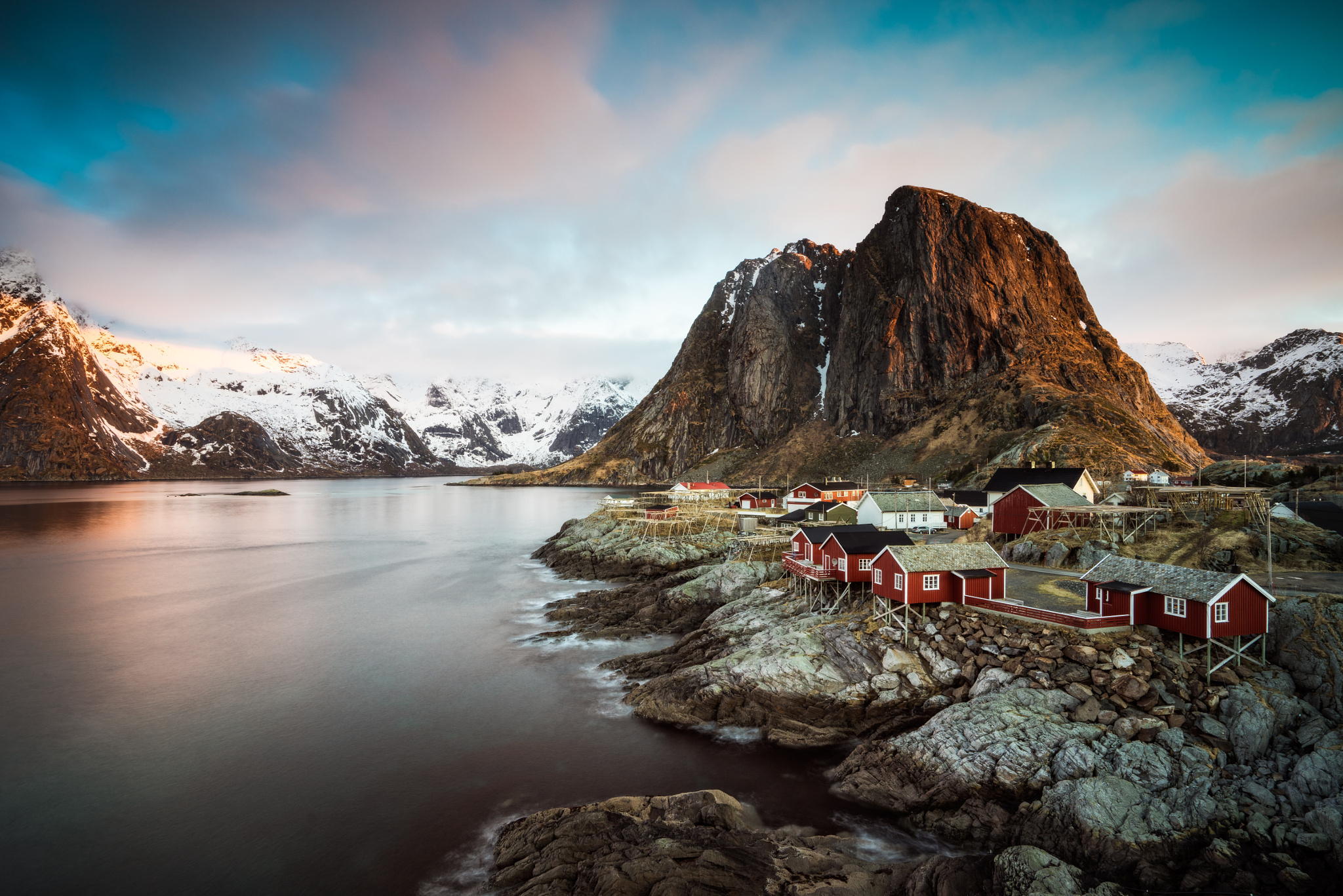











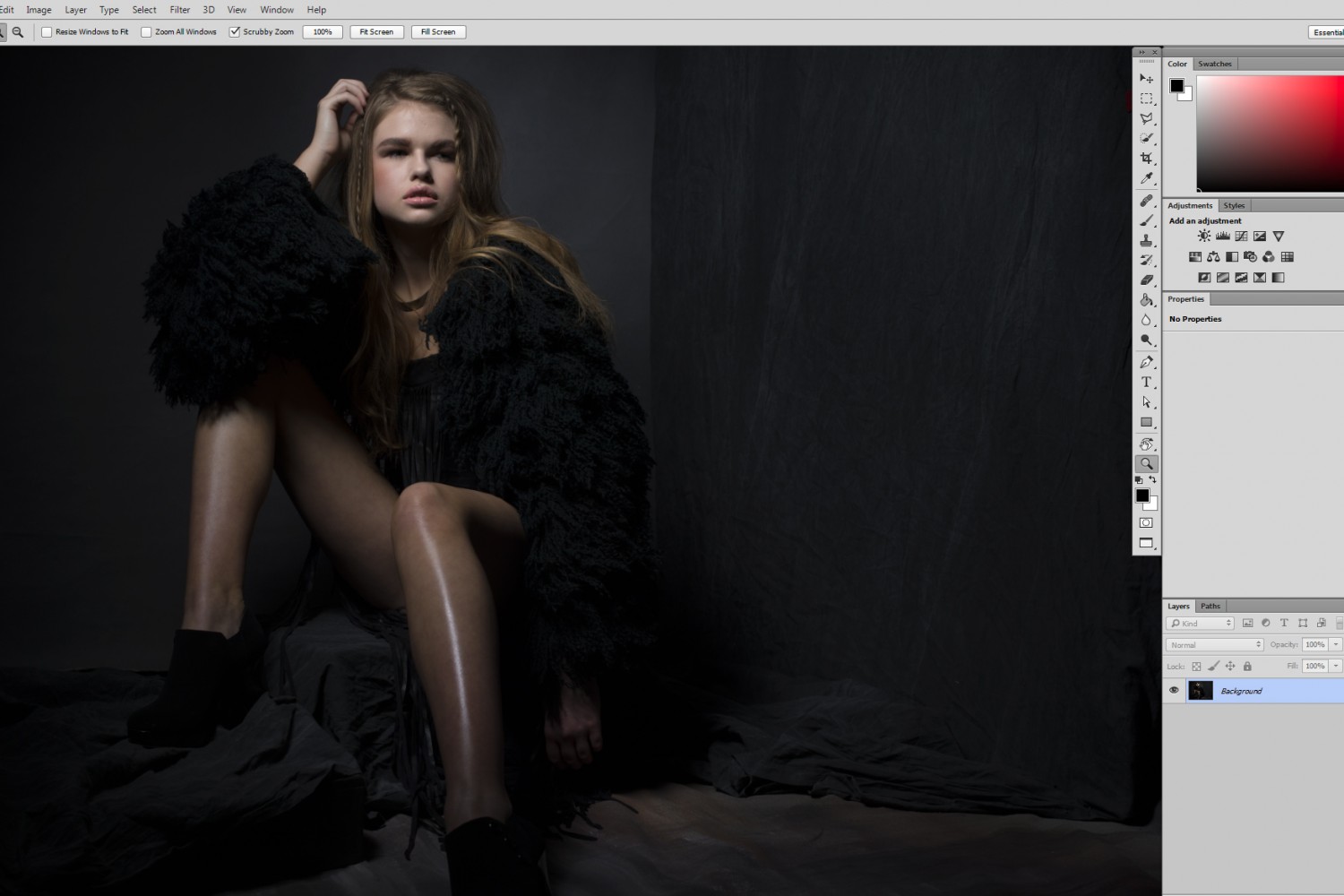

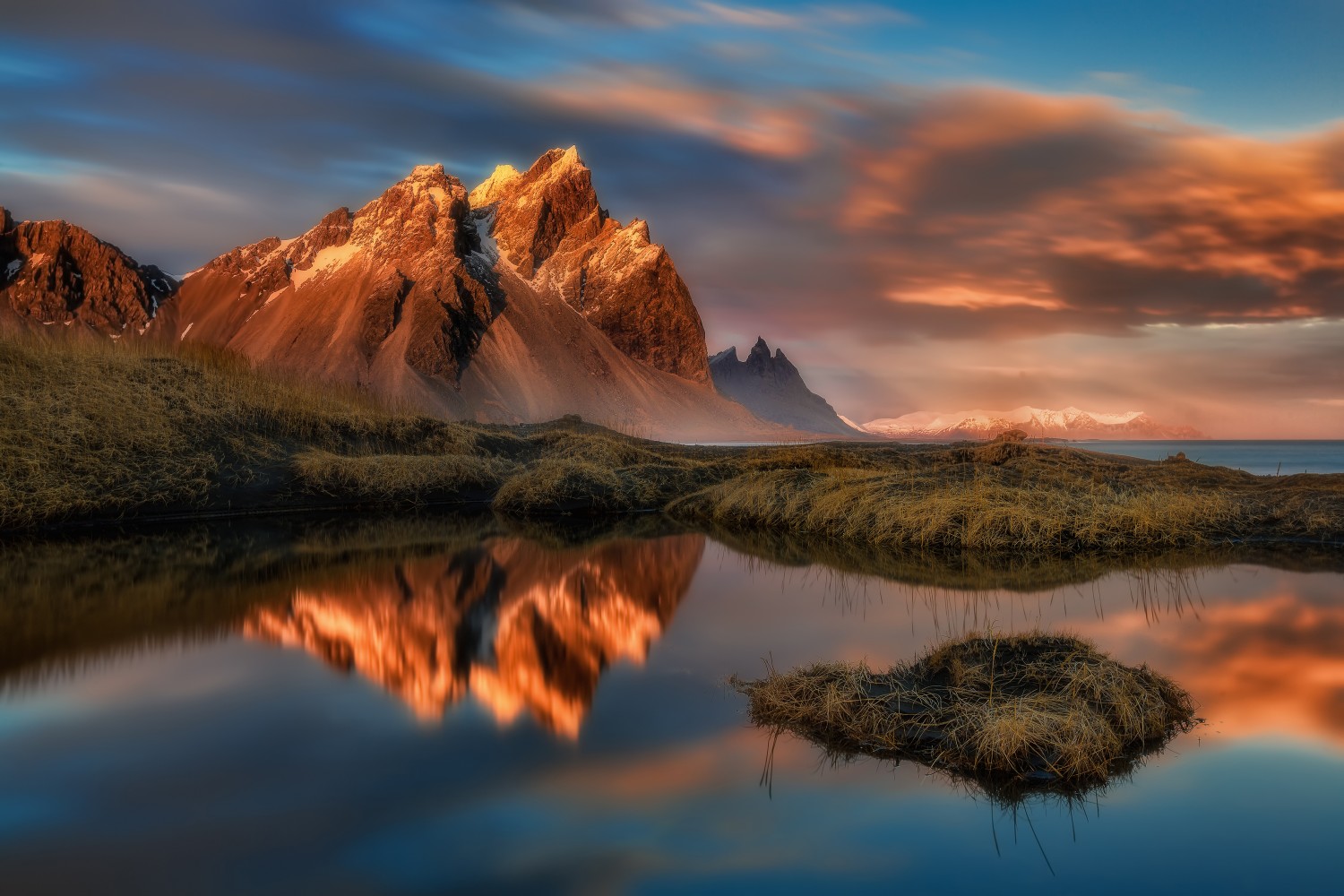
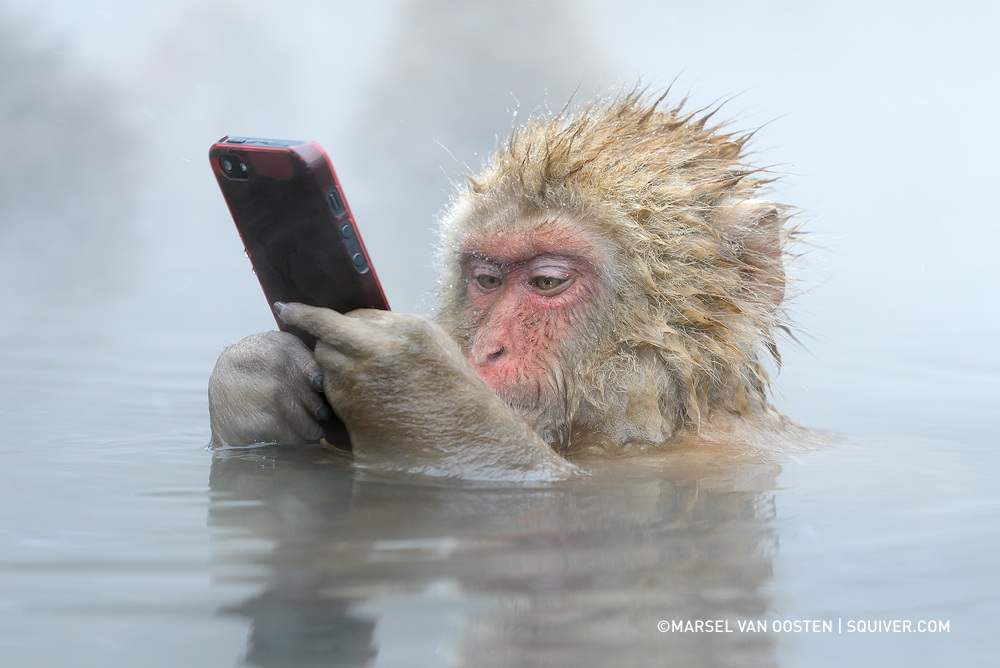
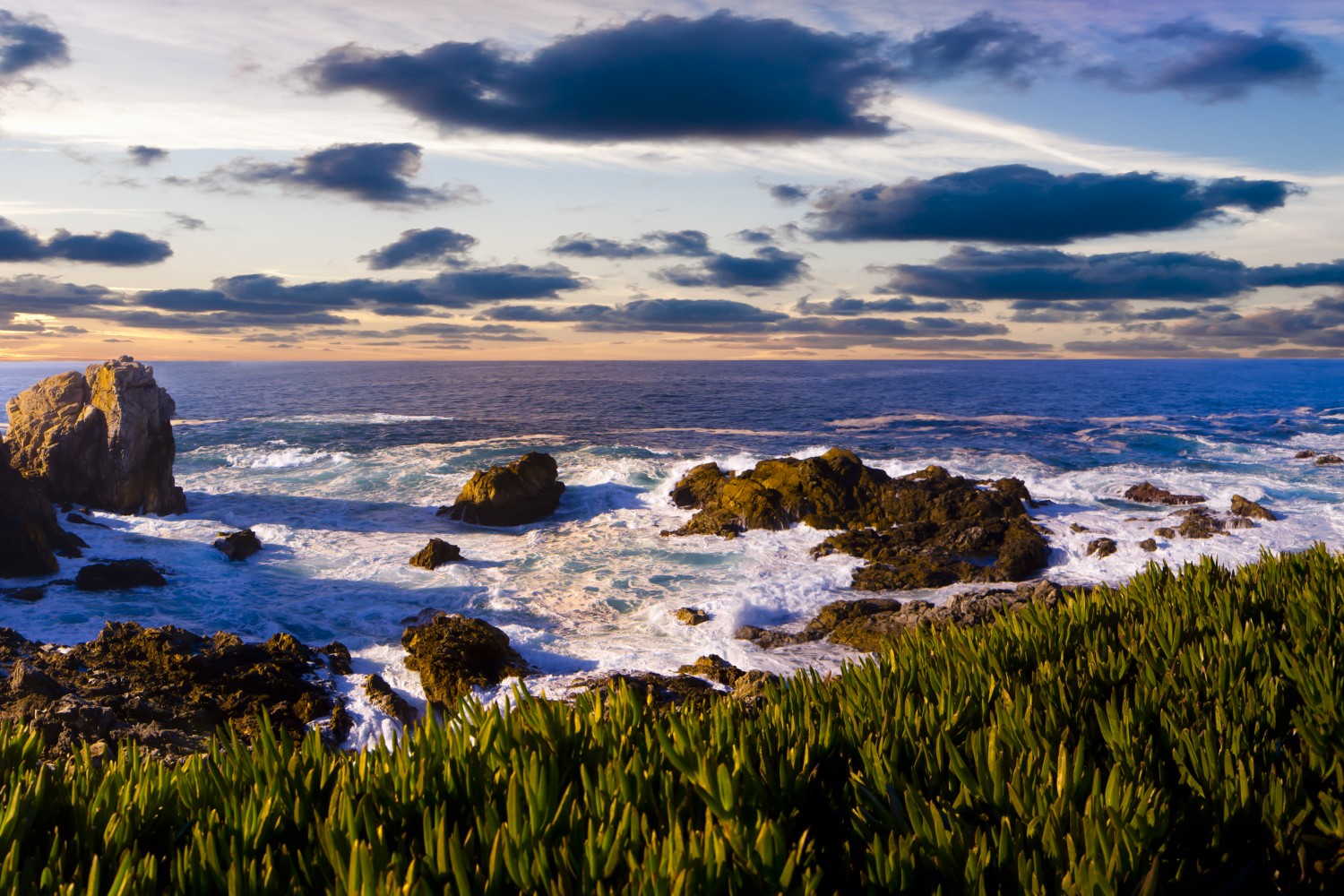
Leave a reply